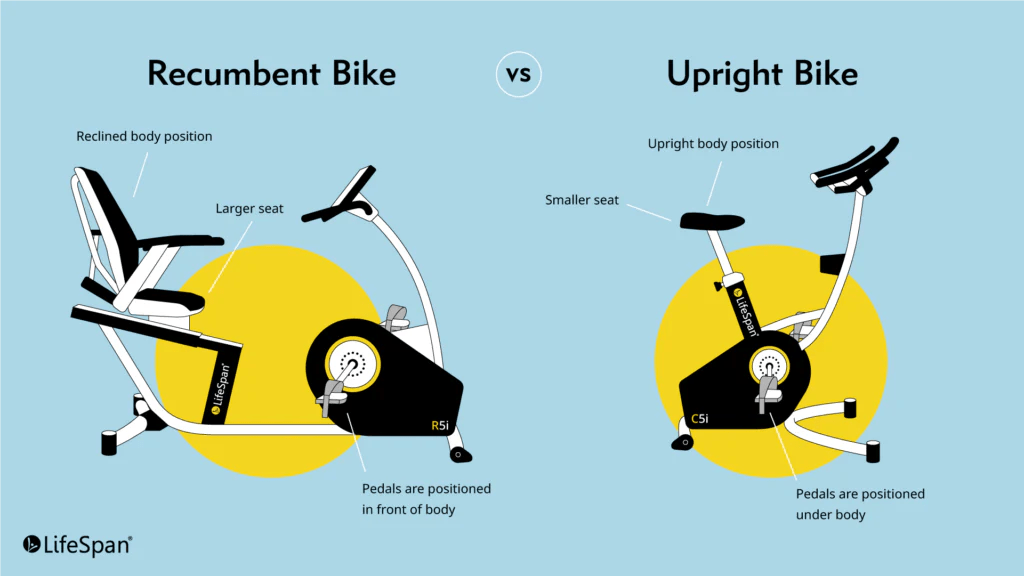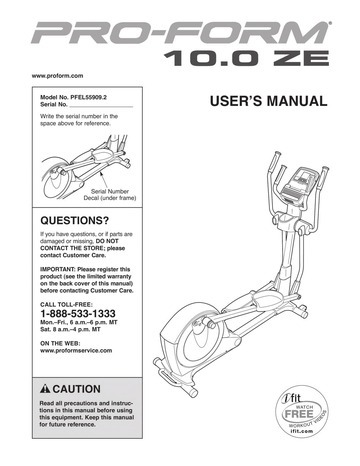Table of Contents
As an Amazon Associate, I earn from qualifying purchases.
Muscles used on rowing machine
Muscles used on rowing machine, rowing machines offer a complete workout that engages numerous muscle groups, providing a unique cardiovascular and strength training combination. Here’s an informative article on the muscles used during a rowing machine workout:
Rowing Machines: A Full-Body Workout
Rowing is often celebrated as a low-impact, high-reward exercise suitable for someone of all fitness levels. It’s a full-body workout that uses approximately 86% of the muscles in your body, making it one of the most efficient forms of exercise.
The Four Phases of Rowing
Understanding the muscles involved in rowing requires a breakdown of the rowing stroke, which consists of four phases: the catch, the drive, the finish, and the recovery.
1. The Catch: This is the starting position. Your legs are compressed, your shins vertical, and your arms extended. Muscles engaged include the triceps, flexor muscles of the fingers, and the abdominals, which flex your torso forward.
2. The Drive: Initiated by the powerful leg muscles, this phase engages the shoulders, biceps, back muscles, glutes, and hamstrings. It’s a dynamic phase where the majority of the power is generated.
3. The Finish: At the end of the drive, your body stabilizes using the abdominals, glutes, quads, biceps, and back muscles to maintain the finish position.
4. The Recovery: This phase involves the triceps pushing the arms forward, the abdominals flexing the torso, and the hamstrings and calves contracting as you return to the catch position.
Primary Muscles Worked
- Legs: Quads, hamstrings, and calves are heavily utilized during the drive and recovery phases.
- Core: Abdominals and obliques are engaged throughout the stroke to stabilize the body.
- Back: Latissimus dorsi, rhomboids, and spinal erectors work during the drive and finish to maintain posture and power the stroke.
- Arms and Shoulders: The biceps, triceps, and deltoids are involved in the catch and finish, controlling the handle and maintaining form.
Benefits beyond Muscle Engagement
Rowing is not just about muscle engagement; it’s also an excellent cardiovascular workout. It improves heart health, increases lung capacity, and can be a significant calorie burner. Moreover, because it’s low-impact, it’s gentle on the joints while providing the intensity needed for a challenging workout.
Conclusion
Whether looking to improve cardiovascular health, gain muscle strength, or both, rowing machines provide a versatile workout targeting the major muscle groups. With proper technique, rowing can be vital to a balanced fitness regimen, offering benefits beyond the gym.
Remember, using the correct technique is very important to get the most benefits and decrease the risk of injury when rowing. If you are new to rowing, get advice from a fitness professional to make sure you are using the proper technique.







